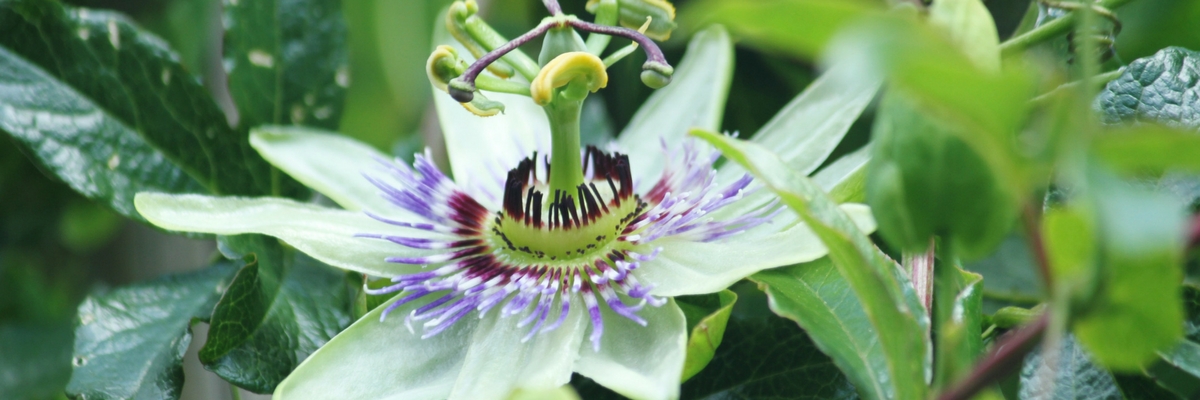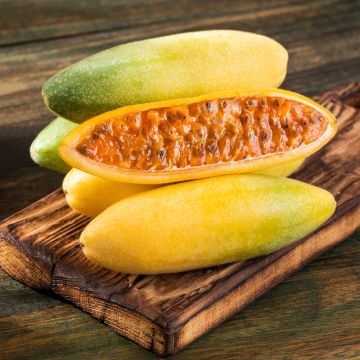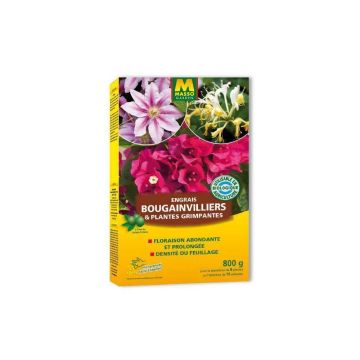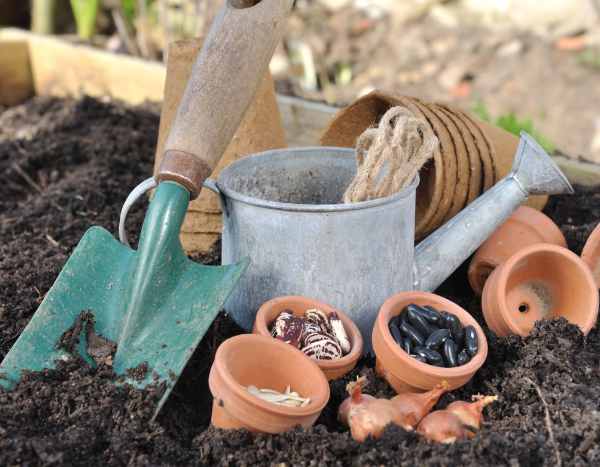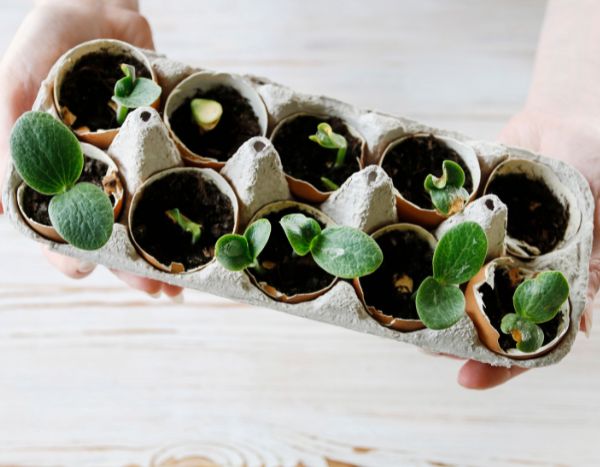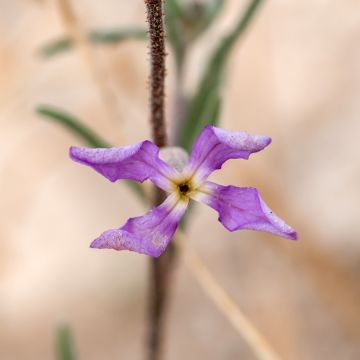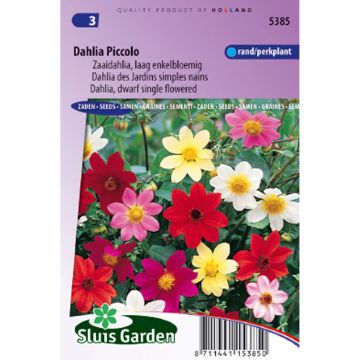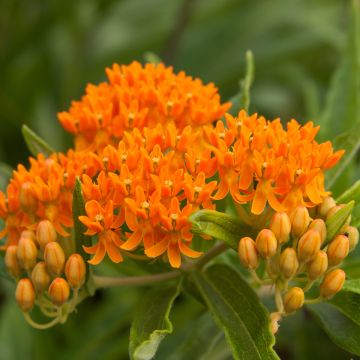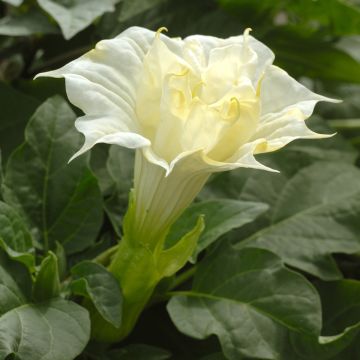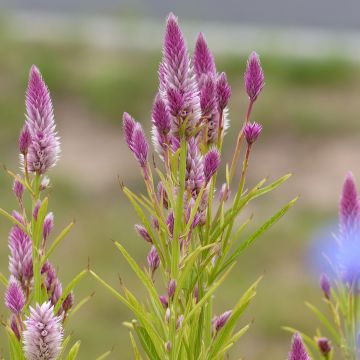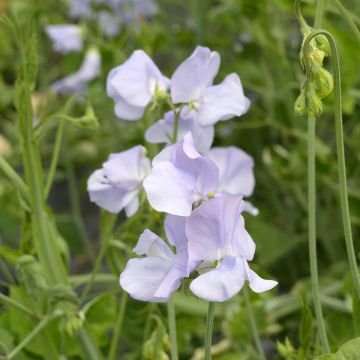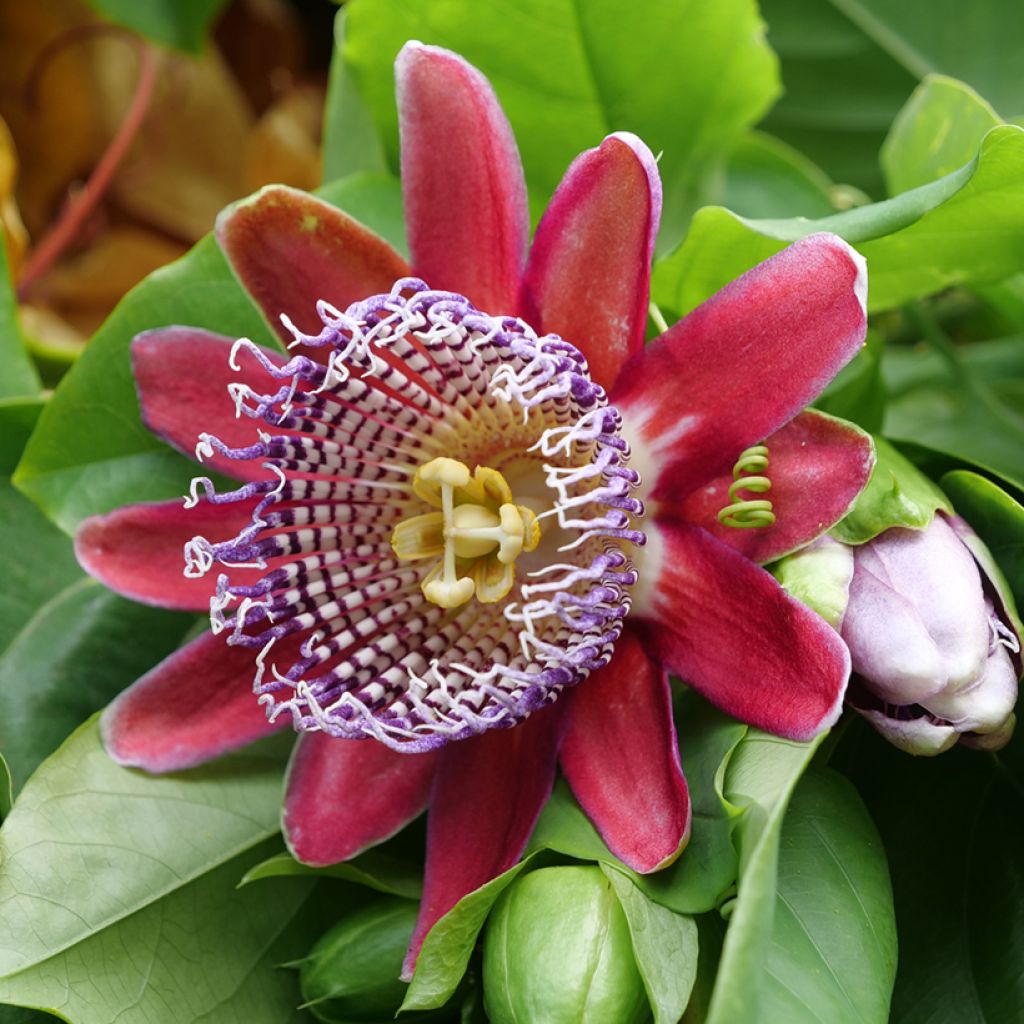

Passiflora quadrangularis seeds - Giant granadilla
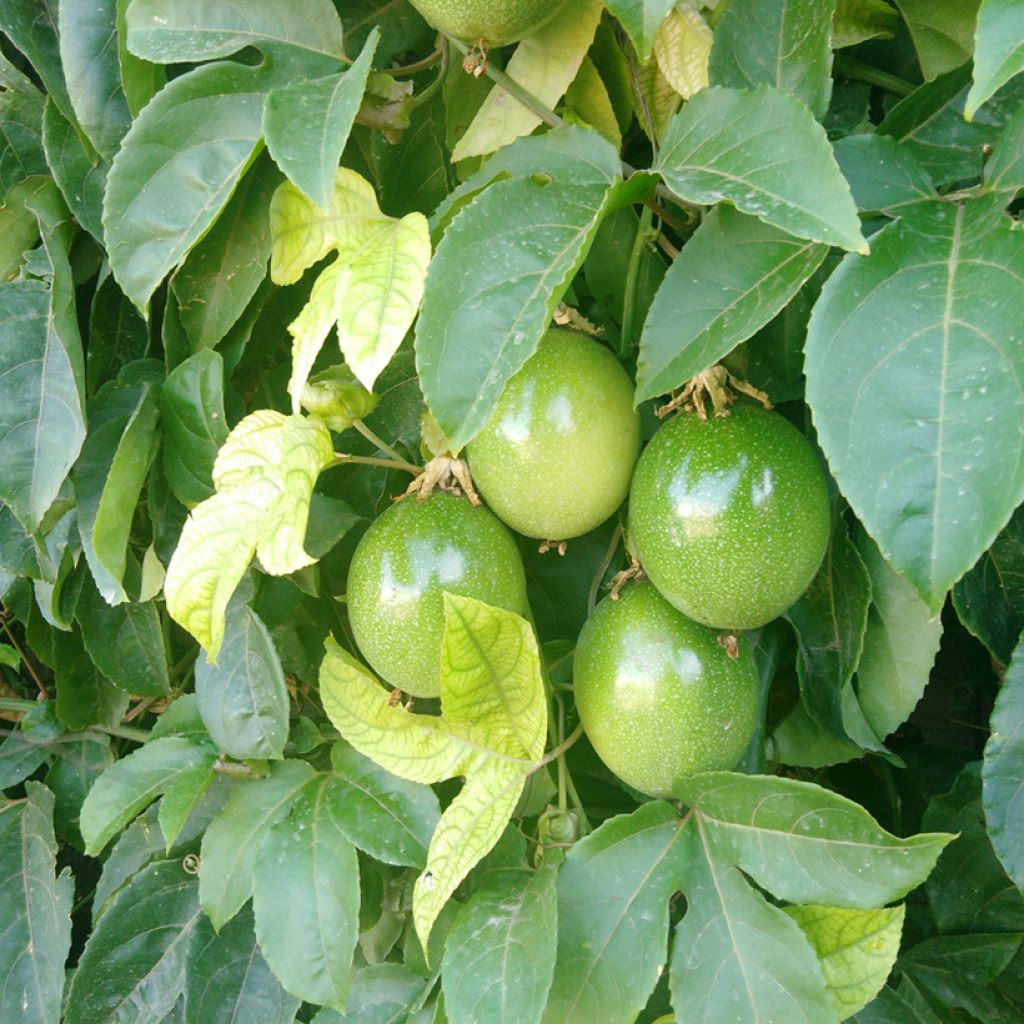

Passiflora quadrangularis seeds - Giant granadilla
Passiflora quadrangularis seeds - Giant granadilla
Passiflora quadrangularis
Giant Granadilla, Giant Tumbo, Barbadine, Badea, Square-stemmed Passion Fruit
Special offer!
Receive a €20 voucher for any order over €90 (excluding delivery costs, credit notes, and plastic-free options)!
1- Add your favorite plants to your cart.
2- Once you have reached €90, confirm your order (you can even choose the delivery date!).
3- As soon as your order is shipped, you will receive an email containing your voucher code, valid for 3 months (90 days).
Your voucher is unique and can only be used once, for any order with a minimum value of €20, excluding delivery costs.
Can be combined with other current offers, non-divisible and non-refundable.
Home or relay delivery (depending on size and destination)
Schedule delivery date,
and select date in basket
This plant carries a 6 months recovery warranty
More information
We guarantee the quality of our plants for a full growing cycle, and will replace at our expense any plant that fails to recover under normal climatic and planting conditions.
Would this plant suit my garden?
Set up your Plantfit profile →
Description
Passiflora quadrangularis, the quadrangular-stemmed passionflower, owes its name to the unique shape of its stems, which have four faces with sharp, membranous angles. This tropical climber reaches enormous dimensions in its natural habitat. In our climate, it will be less imposing but make a beautiful greenhouse or conservatory plant. We love its large, fragrant, crimson red flowers, topped with a crown of curly filaments blending violet and white. After flowering, edible fruits appear, green-yellow when ripe, called grenadillas, prized for their fragrant flesh.
Passionflowers belong to the vast Passifloraceae family, which includes nearly 400 species and numerous natural or horticultural hybrids. Mostly native to the tropical regions of South America, they come in a multitude of shapes and colours. Passiflora quadrangularis grows in the floodplains of humid tropical forests in Central and South America. In its natural environment, it can exceed 40 m in length, thriving in a warm, humid climate conducive to its expansion. This twining climber clings firmly to its support with long tendrils, allowing it to climb up to 6 m in a pot. It stands out from other passionflowers due to its quadrangular stems with small prominent wings. Its entire and heart-shaped leaves, measure 7 to 13 cm long and 5 to 15 cm wide. They are light green with dark green veins, borne on long, grooved petioles with six nectar-rich glands. The flowering, which spans summer to early autumn, consists of large solitary flowers about 10 cm in diameter, continuously renewing. These delicately scented flowers feature five broad, rosy-red tepals tinged with green inside and greenish on the reverse. Their central crown, formed of filaments streaked with white, pale violet, and deep purple, gives the flower a unique look. Its creamy-white stamen heart changes over time: the petals and sepals curl back, while the crown of filaments folds and then straightens, a natural mechanism preventing self-pollination. Once fertilised, the flowers give rise to large, ovate, 20 to 25 cm long fruits, ripening to an orange hue. Their thick skin protects a sweet, aromatic pulp, filled with numerous flattened seeds.
An interesting feature: the size of the container strongly influences its behaviour. In a small pot, the plant limits its root growth, promoting abundant flowering. Conversely, in a large pot, it prioritises root development at the expense of flowers.
Fresh passionflower seeds germinate easily. However, those that have entered dormancy require specific treatment to sprout.
Not frost-hardy, this Giant Grenadilla will thrive only in a warm greenhouse or bright conservatory, where it will find ideal conditions to grow. It requires rich, moist, well-drained soil and a sunny, sheltered position away from cold draughts. Pruning after flowering helps control its growth and maintain a balanced habit.
Passiflora quadrangularis seeds - Giant granadilla in pictures
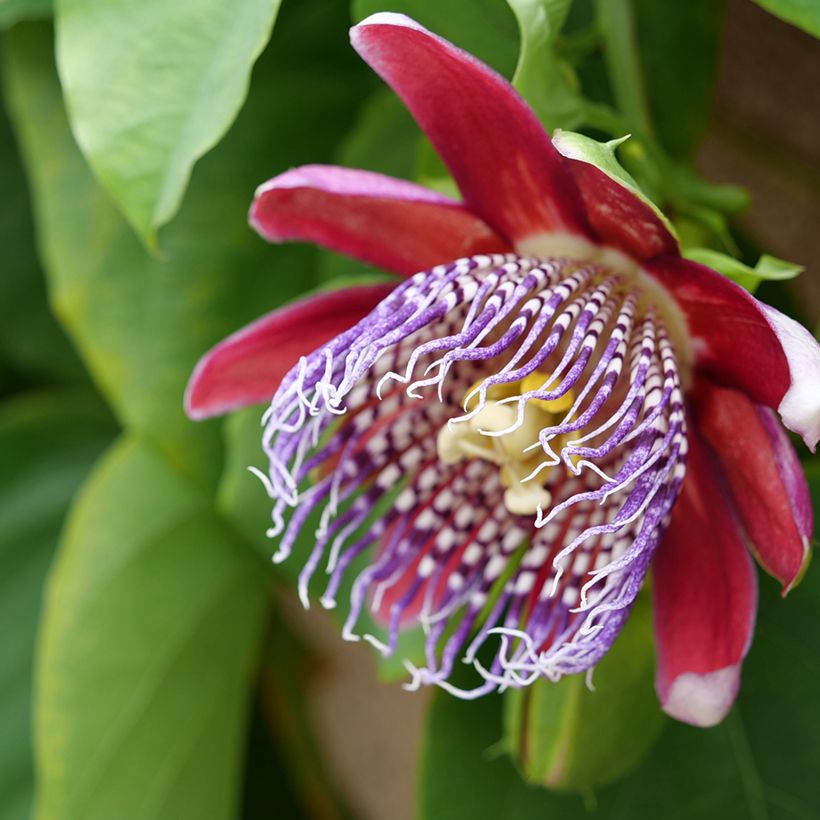

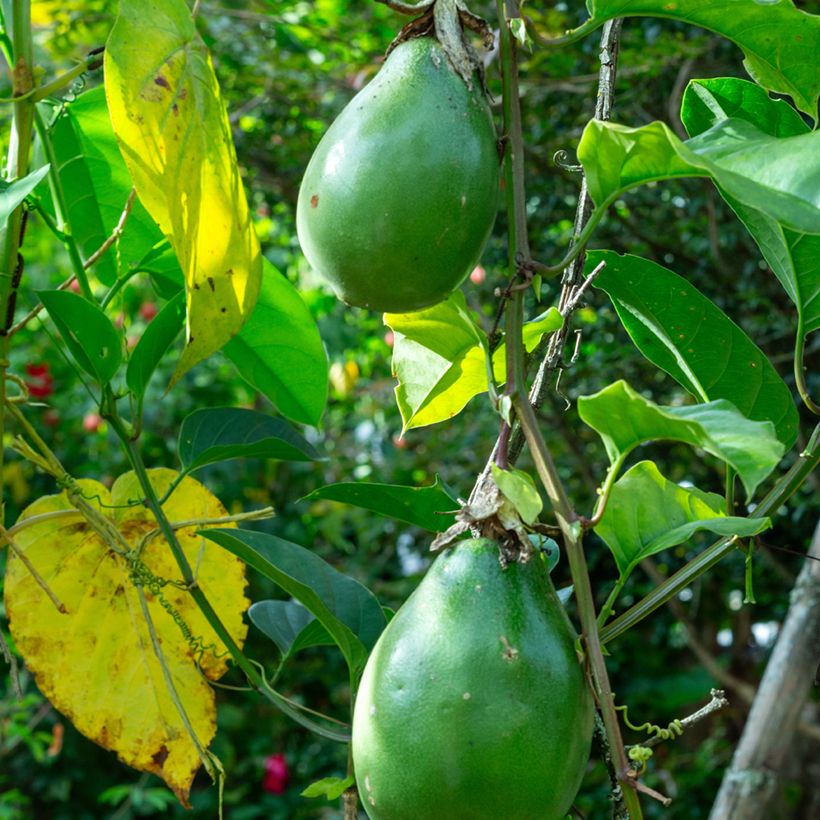

Flowering
Foliage
Plant habit
Botanical data
Passiflora
quadrangularis
Passifloraceae
Giant Granadilla, Giant Tumbo, Barbadine, Badea, Square-stemmed Passion Fruit
Passiflora quadrangularis var. sulcata, Passiflora macrocarpa, Granadilla quadrangularis, Passiflora tetragona
South America
Other Passionflower seeds
View all →Planting and care
To sow Passiflora quadrangularis seeds, start by lightly scarifying the seeds using fine sandpaper, then soak them in warm water for 24 hours to soften their coat and encourage germination. Next, sow the seeds 1 cm deep in a light, well-draining compost, ideally a mix of seed compost and sand. Place the pots in a warm spot (between 20 and 25°C) and maintain consistent moisture without waterlogging the substrate. Germination may take 4 to 8 weeks. Once the seedlings are sturdy enough, transplant them into individual pots.
For container cultivation, choose a large pot (minimum 40 cm in diameter) with drainage holes to prevent excess moisture. Use a rich, airy compost mix, composed of climbing plant compost and well-rotted compost. Position the pot in a sunny (but not scorching) to partially shaded spot, sheltered from wind. Water regularly, allowing the compost to dry slightly between waterings, as passionflowers dislike stagnant water.
In winter, bring the plant indoors if temperatures drop below 5°C. Fertilise monthly with a high-potash feed to encourage flowering and fruiting. Prune in spring to promote branching and control the plant's size.
This passionflower struggles with extreme summer heat.
Sowing period
Intended location
Planting & care advice
This item has not been reviewed yet - be the first to leave a review about it.
Similar products
Haven't found what you were looking for?
Hardiness is the lowest winter temperature a plant can endure without suffering serious damage or even dying. However, hardiness is affected by location (a sheltered area, such as a patio), protection (winter cover) and soil type (hardiness is improved by well-drained soil).

Photo Sharing Terms & Conditions
In order to encourage gardeners to interact and share their experiences, Promesse de fleurs offers various media enabling content to be uploaded onto its Site - in particular via the ‘Photo sharing’ module.
The User agrees to refrain from:
- Posting any content that is illegal, prejudicial, insulting, racist, inciteful to hatred, revisionist, contrary to public decency, that infringes on privacy or on the privacy rights of third parties, in particular the publicity rights of persons and goods, intellectual property rights, or the right to privacy.
- Submitting content on behalf of a third party;
- Impersonate the identity of a third party and/or publish any personal information about a third party;
In general, the User undertakes to refrain from any unethical behaviour.
All Content (in particular text, comments, files, images, photos, videos, creative works, etc.), which may be subject to property or intellectual property rights, image or other private rights, shall remain the property of the User, subject to the limited rights granted by the terms of the licence granted by Promesse de fleurs as stated below. Users are at liberty to publish or not to publish such Content on the Site, notably via the ‘Photo Sharing’ facility, and accept that this Content shall be made public and freely accessible, notably on the Internet.
Users further acknowledge, undertake to have ,and guarantee that they hold all necessary rights and permissions to publish such material on the Site, in particular with regard to the legislation in force pertaining to any privacy, property, intellectual property, image, or contractual rights, or rights of any other nature. By publishing such Content on the Site, Users acknowledge accepting full liability as publishers of the Content within the meaning of the law, and grant Promesse de fleurs, free of charge, an inclusive, worldwide licence for the said Content for the entire duration of its publication, including all reproduction, representation, up/downloading, displaying, performing, transmission, and storage rights.
Users also grant permission for their name to be linked to the Content and accept that this link may not always be made available.
By engaging in posting material, Users consent to their Content becoming automatically accessible on the Internet, in particular on other sites and/or blogs and/or web pages of the Promesse de fleurs site, including in particular social pages and the Promesse de fleurs catalogue.
Users may secure the removal of entrusted content free of charge by issuing a simple request via our contact form.
The flowering period indicated on our website applies to countries and regions located in USDA zone 8 (France, the United Kingdom, Ireland, the Netherlands, etc.)
It will vary according to where you live:
- In zones 9 to 10 (Italy, Spain, Greece, etc.), flowering will occur about 2 to 4 weeks earlier.
- In zones 6 to 7 (Germany, Poland, Slovenia, and lower mountainous regions), flowering will be delayed by 2 to 3 weeks.
- In zone 5 (Central Europe, Scandinavia), blooming will be delayed by 3 to 5 weeks.
In temperate climates, pruning of spring-flowering shrubs (forsythia, spireas, etc.) should be done just after flowering.
Pruning of summer-flowering shrubs (Indian Lilac, Perovskia, etc.) can be done in winter or spring.
In cold regions as well as with frost-sensitive plants, avoid pruning too early when severe frosts may still occur.
The planting period indicated on our website applies to countries and regions located in USDA zone 8 (France, United Kingdom, Ireland, Netherlands).
It will vary according to where you live:
- In Mediterranean zones (Marseille, Madrid, Milan, etc.), autumn and winter are the best planting periods.
- In continental zones (Strasbourg, Munich, Vienna, etc.), delay planting by 2 to 3 weeks in spring and bring it forward by 2 to 4 weeks in autumn.
- In mountainous regions (the Alps, Pyrenees, Carpathians, etc.), it is best to plant in late spring (May-June) or late summer (August-September).
The harvesting period indicated on our website applies to countries and regions in USDA zone 8 (France, England, Ireland, the Netherlands).
In colder areas (Scandinavia, Poland, Austria...) fruit and vegetable harvests are likely to be delayed by 3-4 weeks.
In warmer areas (Italy, Spain, Greece, etc.), harvesting will probably take place earlier, depending on weather conditions.
The sowing periods indicated on our website apply to countries and regions within USDA Zone 8 (France, UK, Ireland, Netherlands).
In colder areas (Scandinavia, Poland, Austria...), delay any outdoor sowing by 3-4 weeks, or sow under glass.
In warmer climes (Italy, Spain, Greece, etc.), bring outdoor sowing forward by a few weeks.






























